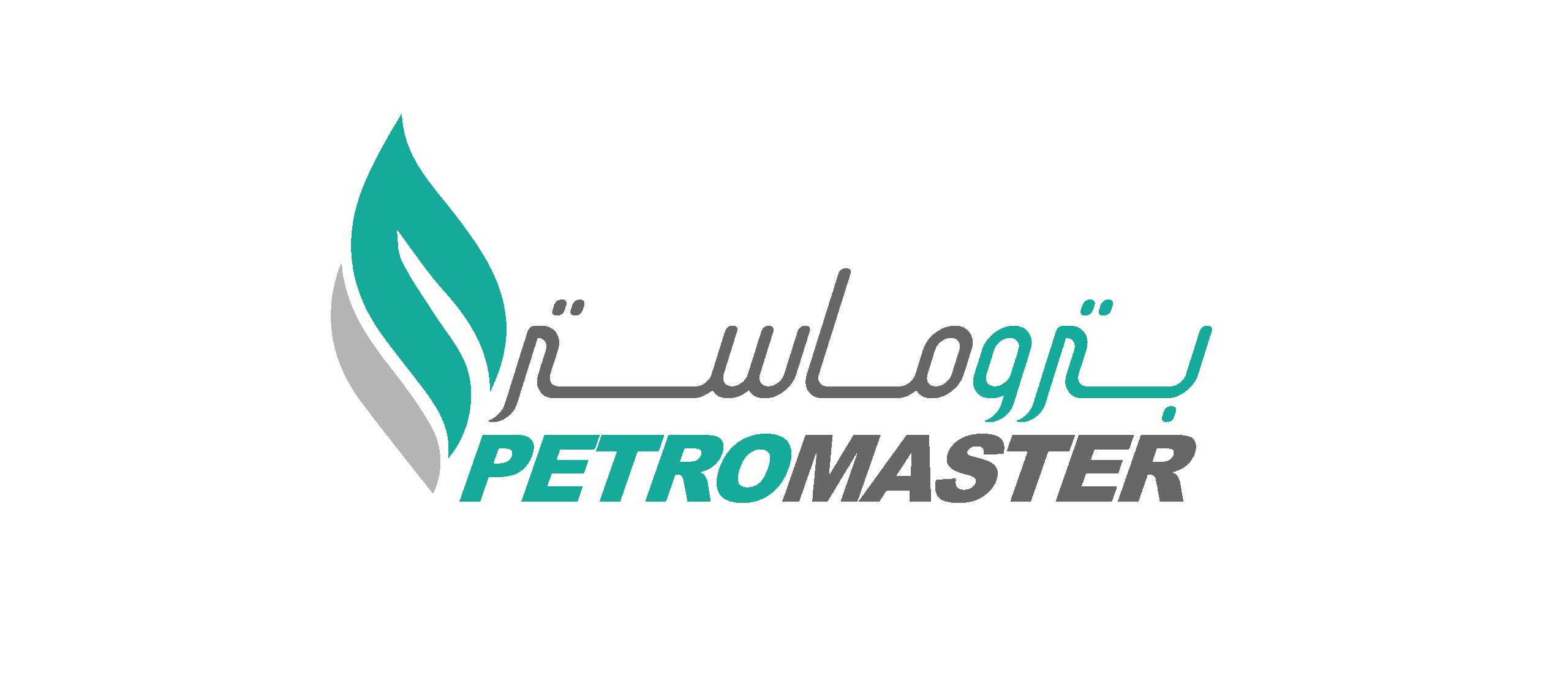
Computational Fluid Dynamics (CFD Analysis)
CFD analysis is a powerful tool for simulating fluid flow and heat transfer in engineering applications. It employs numerical methods and algorithms to solve the governing equations of fluid dynamics, such as the Navier-Stokes equations. CFD analysis allows engineers to visualize and understand flow phenomena, identify potential issues, and optimize design parameters.
Importance of CDF Analysis
Computational fluid dynamics (CFD) holds paramount significance for several compelling reasons. It enables CAD users to visualize and analyze imperceptible elements within their designs, encompassing factors like air, the interior of bubbles, heat, nitrogen, oxygen, pressure, forces, and water.
By characterizing these intangible elements as “digital fluids” and incorporating their modeling into CAD systems, companies can realize substantial cost savings in hardware prototyping expenses.
To facilitate the modeling of digital fluids, whether within the internal volume, external volume, or a combination of both, the integration of an extraction tool within the CAD system is crucial. PTC offers two indispensable solutions for this purpose, namely Creo Flow Analysis and Creo Simulation Live.
Applications of CFD In Engineering Projects
Used in almost every sector, CFD is distinct because of its analytical and simulation capabilities. No matter how complicated the problem is. Intelligently using CFD can help find a favorable solution for it. For this purpose, engineers should always look for CFD consulting and CFD analysis services. To solve their problem quickly, accurately, and cheaply.
Many industries in sectors like – Aeronautics/Aerospace, Automotive, HVAC, Power/Energy, Manufacturing, Product Designing, Oil & Gas, Turbomachinery, etc. Have always relied on CFD analysis to determine answers to their complex and inimitable problems.
Benefits of CFD in Engineering Projects
Innumerable engineering projects in the industry are dependent on CFD Analysis. Mostly because of the myriad of advantages CFD has to offer. To efficiently employ CFD, many companies rely on CFD consulting and CFD analysis services provided by mechanical design firm to solve their problem in a quick and precise manner. Out of all the benefits of CFD services, let’s look at some of the most important ones.
Finite Element Analysis (FEA)
Piping Stress Analysis, often referred to simply as Stress Analysis, is a critical engineering discipline in the field of mechanical and structural engineering. It involves the assessment of how various forces, pressures, temperatures, and external loads impact the integrity and performance of a piping system. The primary goal of Piping Stress Analysis is to ensure that the pipes, fittings, and supports in a system can withstand these stressors without experiencing excessive deformation, failure, or compromising safety.
 Petromaster prioritizes adherence to industrial engineering codes and standards, enabling us to perform comprehensive stress analyses across various disciplines, including SolidWorks FEA analysis, Inventor FEA analysis and Autodesk nastran analysis.
Petromaster prioritizes adherence to industrial engineering codes and standards, enabling us to perform comprehensive stress analyses across various disciplines, including SolidWorks FEA analysis, Inventor FEA analysis and Autodesk nastran analysis.
Choose Petromaster services for reliable stress analysis services that ensure the safety and integrity of your piping and structural components. We are committed to delivering accurate and efficient solutions that meet your specific project requirements.
Pipe Stress Analysis
Our SolidWorks & Inventor FEA services ensure your piping systems can handle operational stresses. We assess pipe stress against acceptable limits and evaluate equipment connections, preventing premature failures and boosting system safety.
Structural Analysis and Design
We offer comprehensive structural analysis and design using SolidWorks & Inventor for pipe racks, supports, vessels, ducts, skids, and more. We even analyze non-pressure elements like platforms and attachments associated with pressure vessels and heat exchangers.
Petromaster can design, verify, or diagnose structural issues and design a repair for your product. We have performed successful stress analyses on aerospace components and aircraft modifications by using both finite element stress analysis and classical hand analysis.
We have also performed stress analyses in order to predict the fatigue life and damage tolerance of existing and redesigned arresting gear truss assemblies for carrier aircraft. The purpose of this stress analysis program was to extend the life of the existing arresting gear through analyzing and testing the gear to realistic loads. We developed a realistic loading spectrum based on flight test data for both the analysis and the test. By using strain life fatigue prediction methods, we predicted the fatigue life and damage tolerance of the assembly.
Our experts have also conducted structural analyses of electrical equipment for seismic requirements using the latest building code seismic requirements. We can help you with static, strength, fatigue life, and damage tolerance calculations. Our team of stress analysts can prepare strength certification reports for your product.
Finite Element Stress Analysis and Classical Hand Analysis Capabilities:
- A free body diagram of the item showing all applied loads and reactions.
- Calculation of the magnitude of the reactions based on static equilibrium or the use of redundant structural analysis methods, such as finite element analysis (FEA)
- Calculation of the internal stresses using section cuts through the item or the use of FEA
- Calculation of the allowable stresses based on all possible failure modes, such as material yield stress, material ultimate stress, material fatigue allowable (based on the load spectrum), and the buckling or crippling stress allowable (for compressive loads)
Contact us for further information at info@petromaster-sa.com



